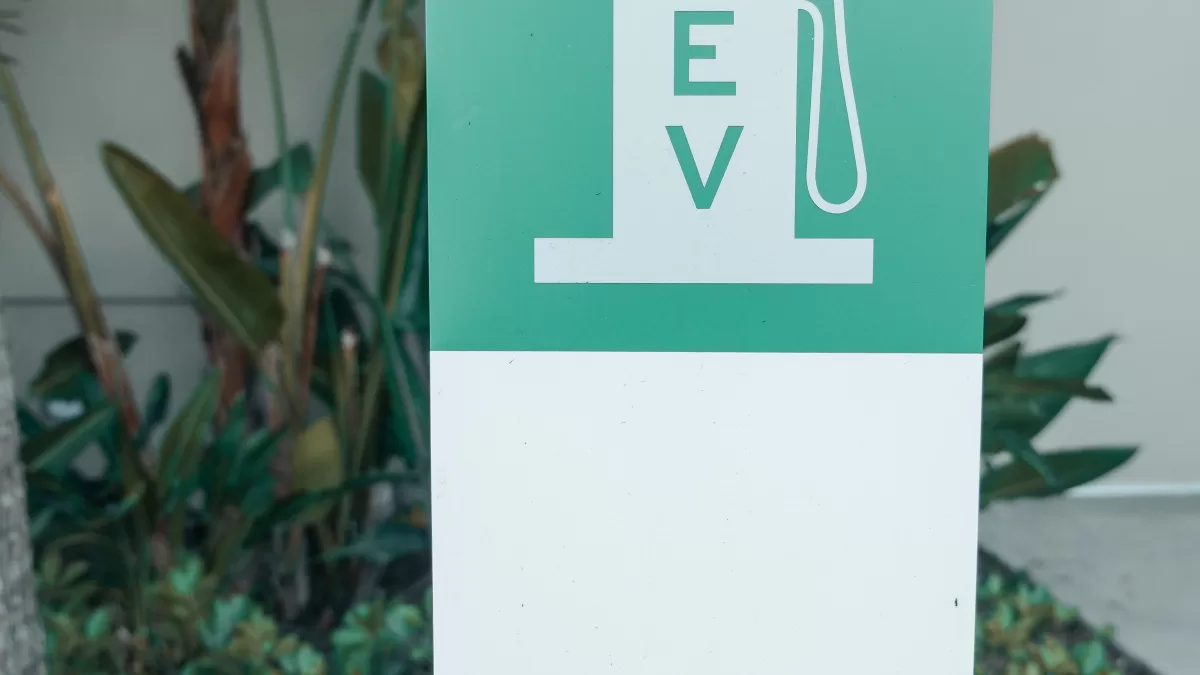India is one of the world’s largest markets for electric vehicles (EVs), and the potential for growth is massive. The Indian government is committed to promoting EVs, and has set a target of having 30% of all new vehicles sold in India be electric by 2030.
One of the key segments driving the growth of EVs in India is small vehicles. These vehicles are typically used for last-mile delivery and commuting, and they are well-suited for the Indian market due to their affordability and maneuverability.
Investors are taking notice of the potential of small EVs in India. In recent years, there has been a surge of investment in this segment, with companies such as Mahindra Electric, Ola Electric, and Ampere Vehicles raising billions of dollars.
These investments are being used to develop new products, expand production capacity, and build charging infrastructure. As a result, the small EV segment in India is poised for rapid growth in the years to come.
Here are some of the reasons why investors are bullish on small EVs in India:
- The Indian government’s support for EVs: The Indian government is committed to promoting EVs, and has set ambitious targets for the adoption of these vehicles. This provides investors with confidence that the market for EVs in India is sustainable.
- The large and growing market for two-wheelers and three-wheelers: Two-wheelers and three-wheelers account for the majority of vehicle sales in India. This provides a large addressable market for small EVs.
- The affordability of small EVs: Small EVs are typically more affordable than traditional gasoline vehicles. This makes them a more attractive option for price-conscious consumers in India.
- The increasing demand for last-mile delivery: The growth of e-commerce is driving the demand for last-mile delivery services. This is providing a new and growing market for small EVs.
The growth of the small EV segment in India is good news for the environment. These vehicles produce zero emissions, which can help to reduce air pollution and improve public health. They are also more efficient than traditional gasoline vehicles, which can help to save energy.
The growth of the small EV segment is also good news for the Indian economy. These vehicles create jobs, generate revenue, and boost economic activity. They also help to reduce India’s dependence on imported oil, which can save the country billions of dollars each year.
The future of e-mobility in India looks bright. With the support of the government and investors, the small EV segment is poised to grow rapidly in the years to come. This will help to improve the environment, boost the economy, and create a more sustainable future for India.
Here are some of the challenges that the small EV segment in India faces:
- The high cost of batteries: The cost of batteries is a major barrier to the adoption of EVs. However, the cost of batteries is expected to come down in the coming years, which will make EVs more affordable.
- The lack of charging infrastructure: There is a lack of charging infrastructure in India, which is a major obstacle to the adoption of EVs. However, the government is working to address this issue by building more charging stations.
- The range anxiety: Range anxiety is the fear of running out of power before reaching your destination. This is a major concern for potential EV buyers, but the range of EVs is improving all the time.
Despite these challenges, the small EV segment in India is poised for rapid growth. The government’s support, the large addressable market, and the affordability of these vehicles will all contribute to this growth.

